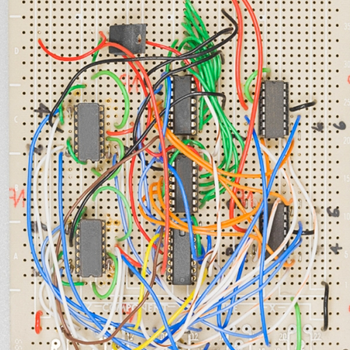Question #3d879
1 Answer
Sep 28, 2017
Explanation:
In this equation,
=
=
By difinition it follows
So,
=
You may think domain of
If you solve this equation for
and
The true domain is

